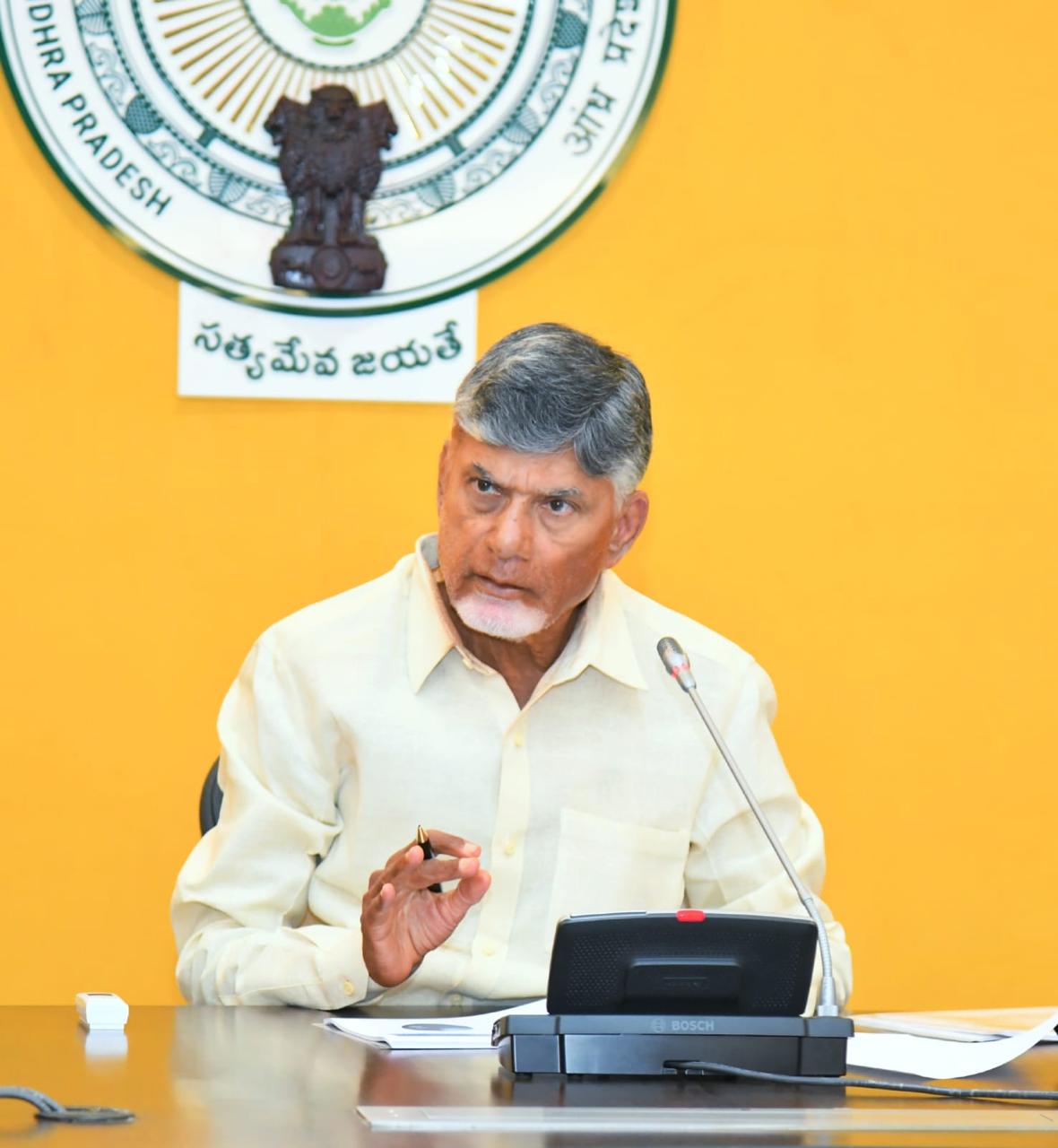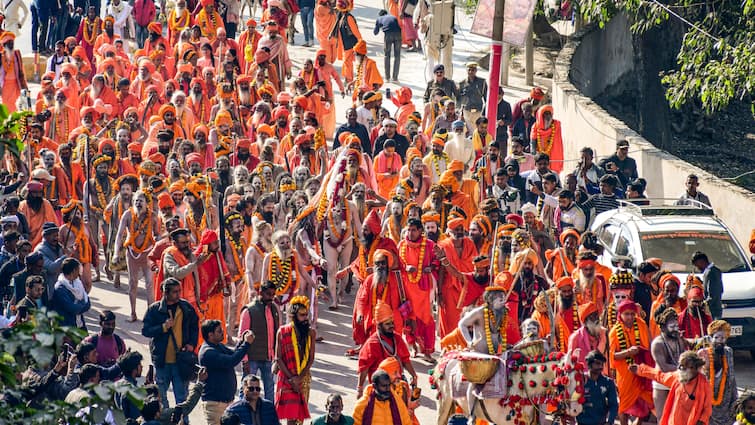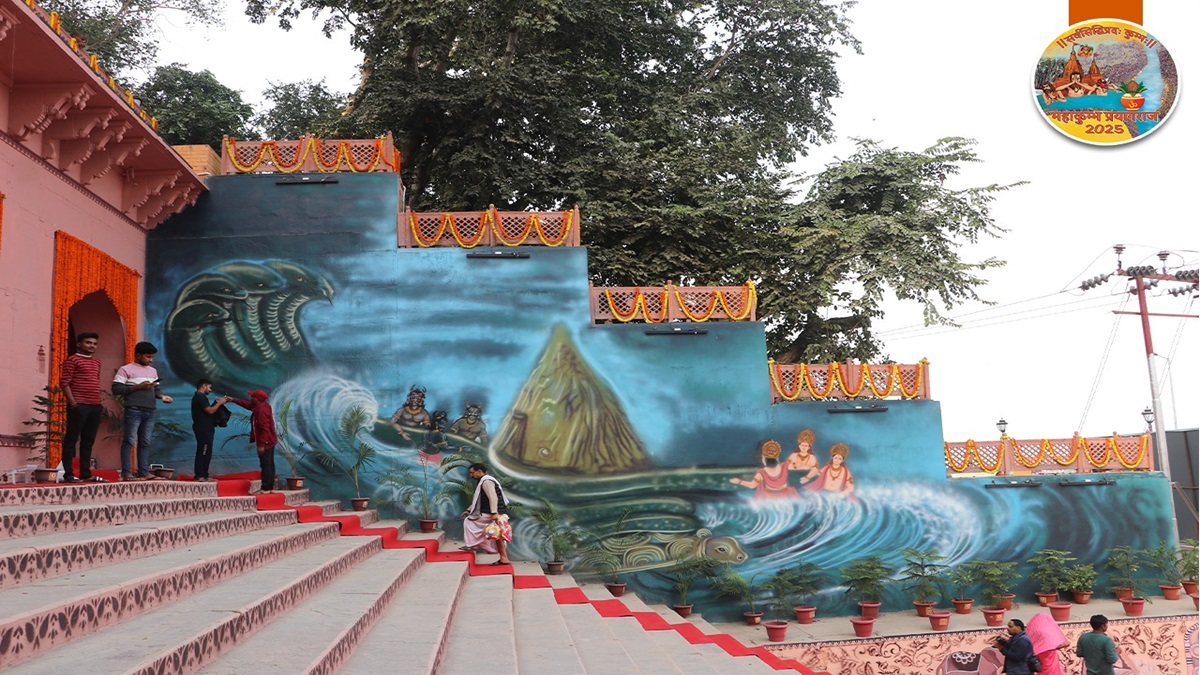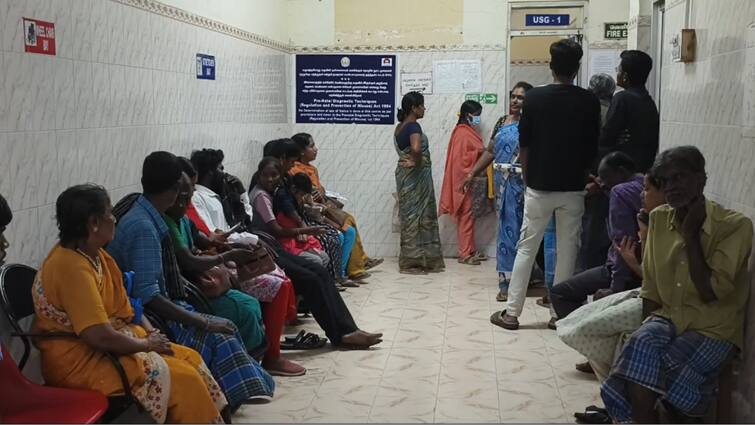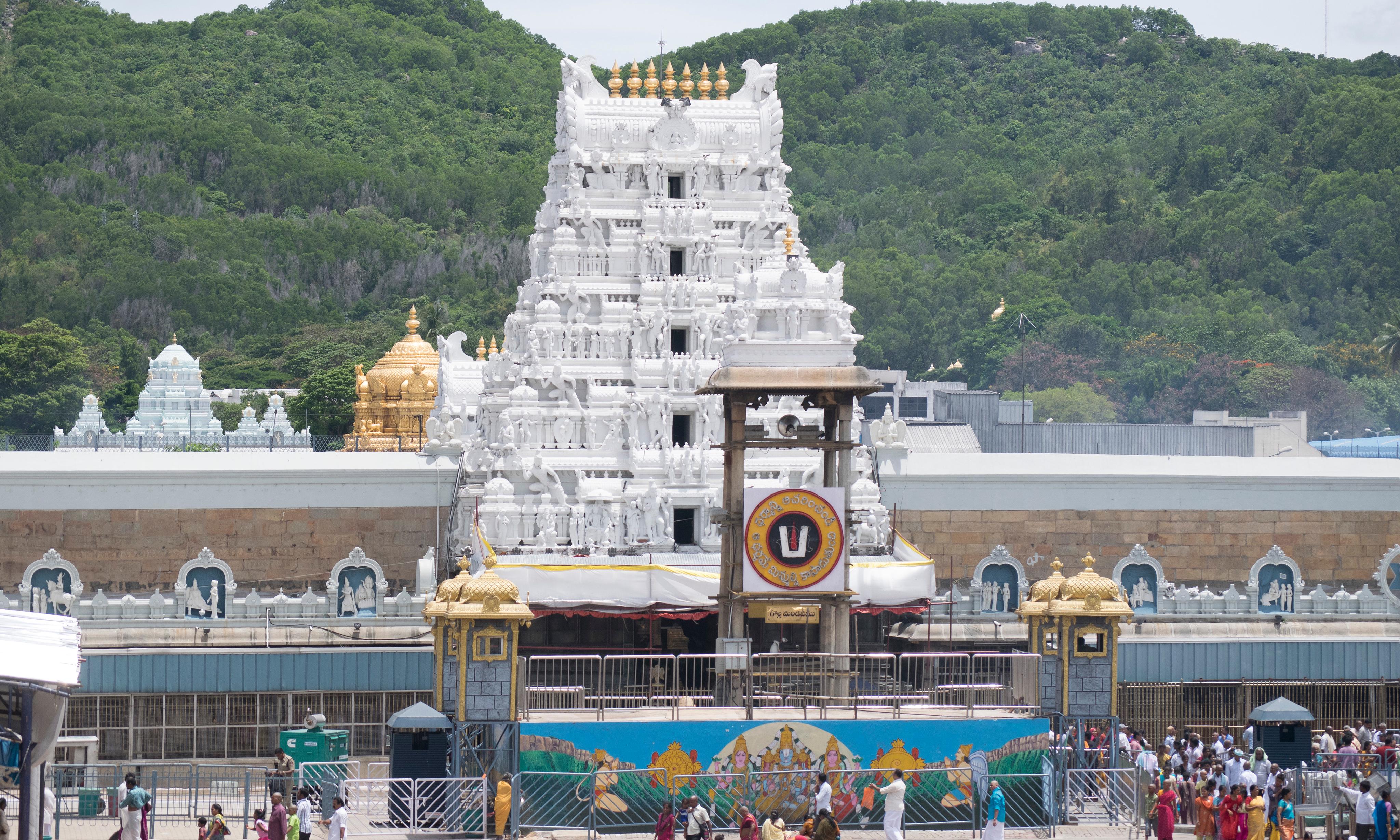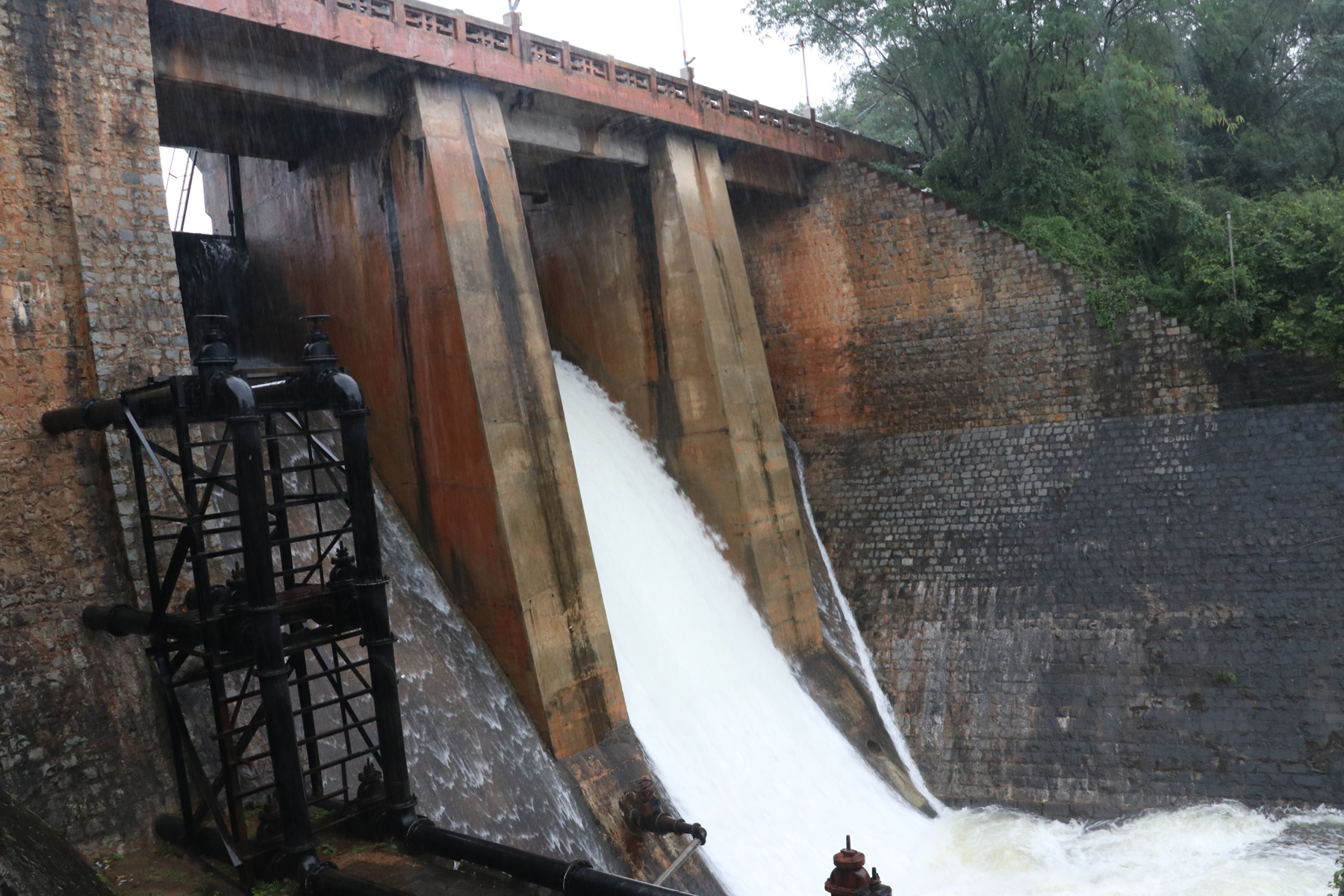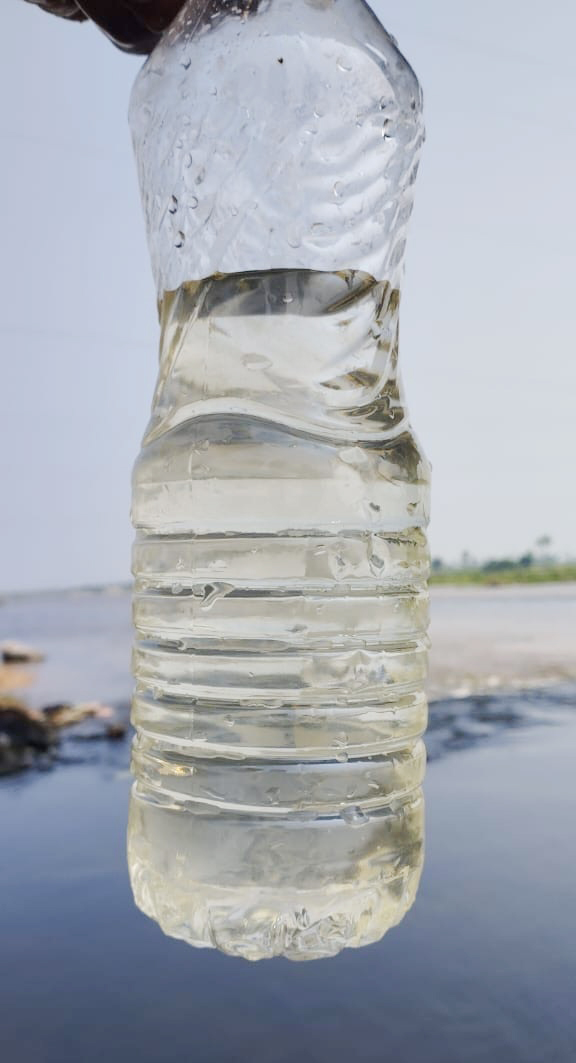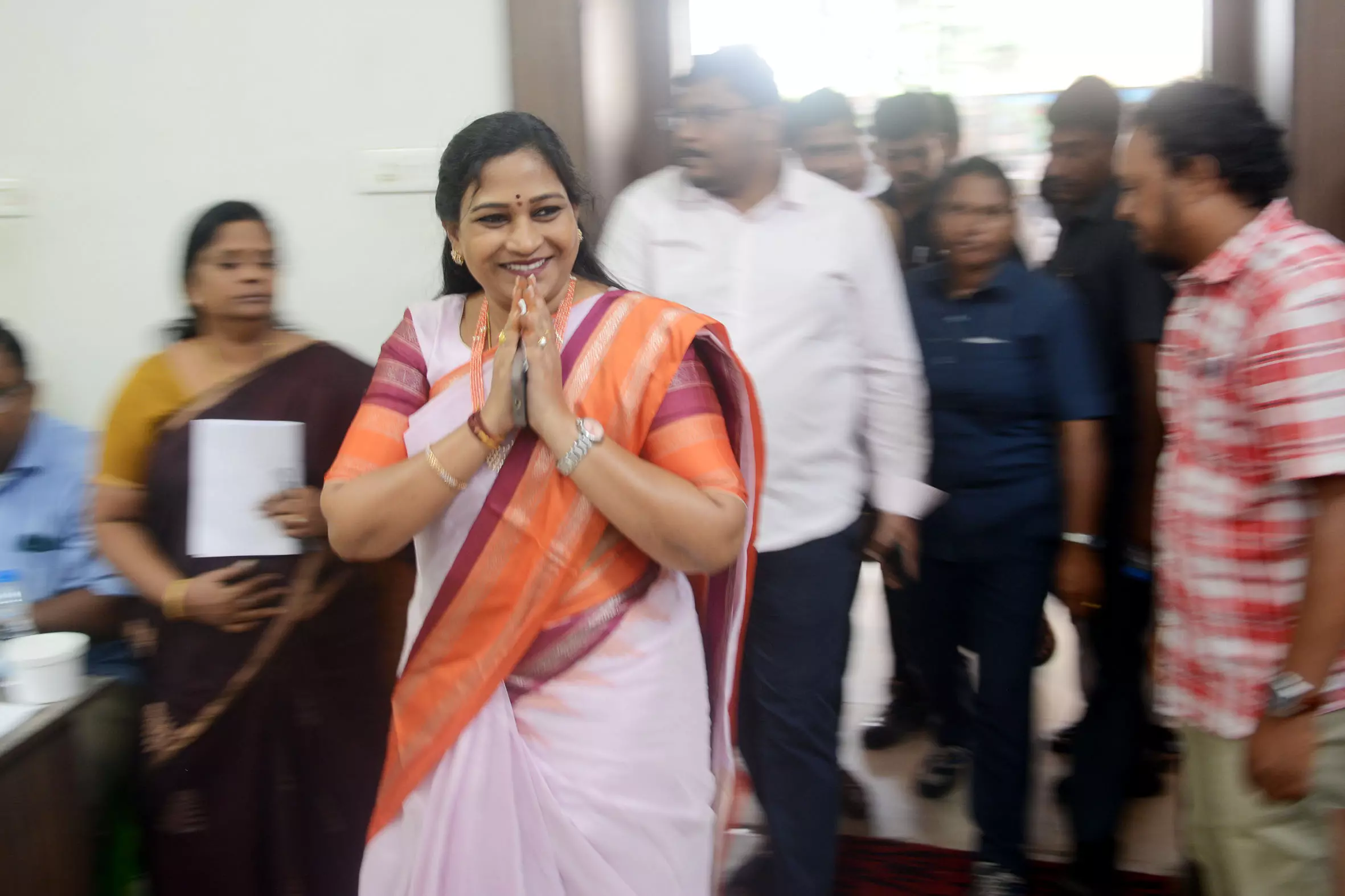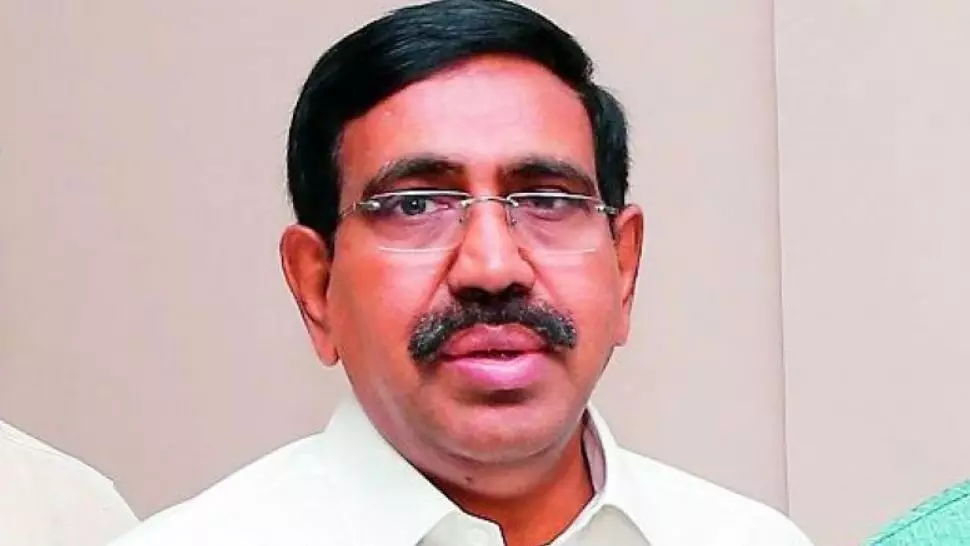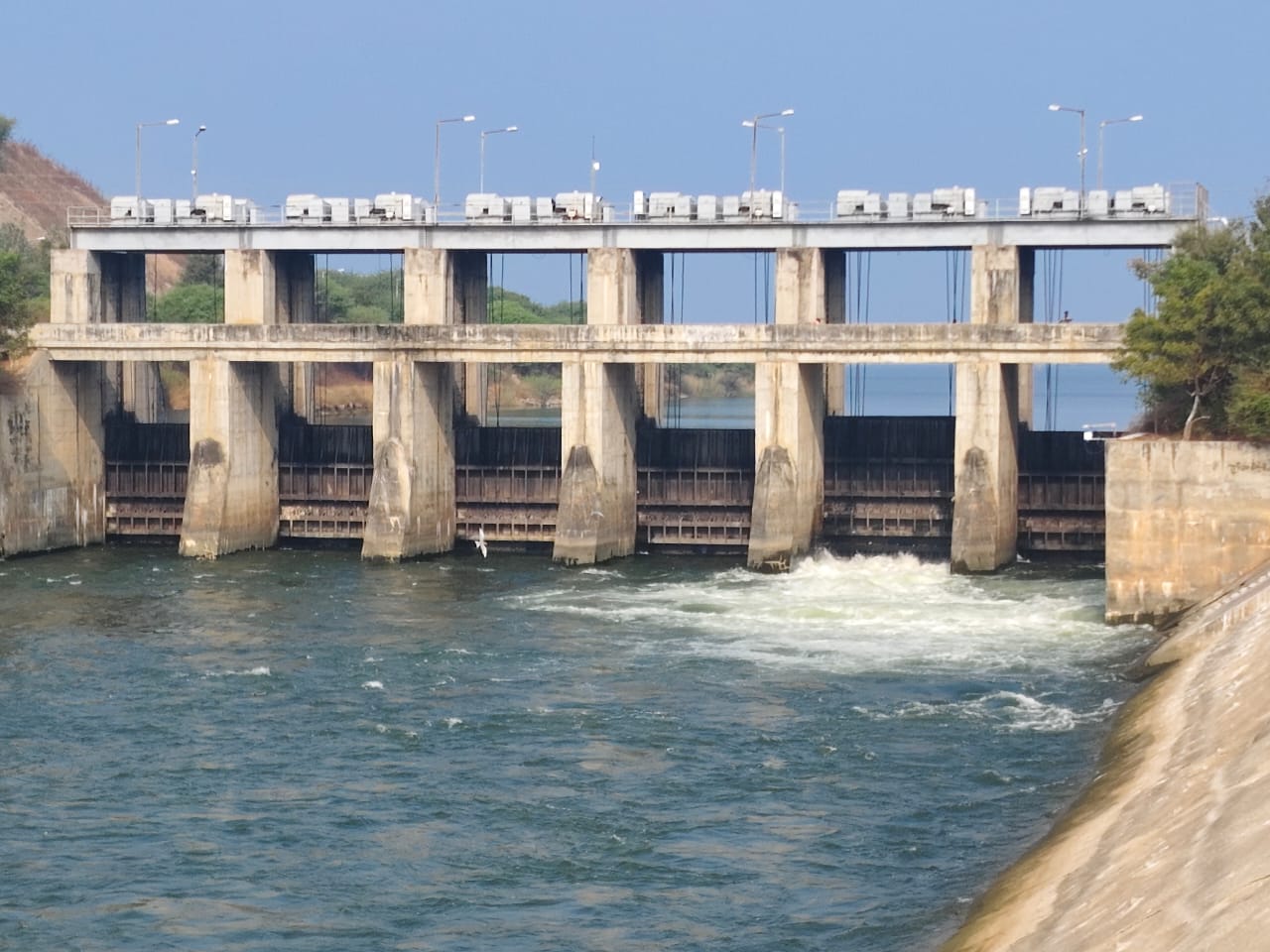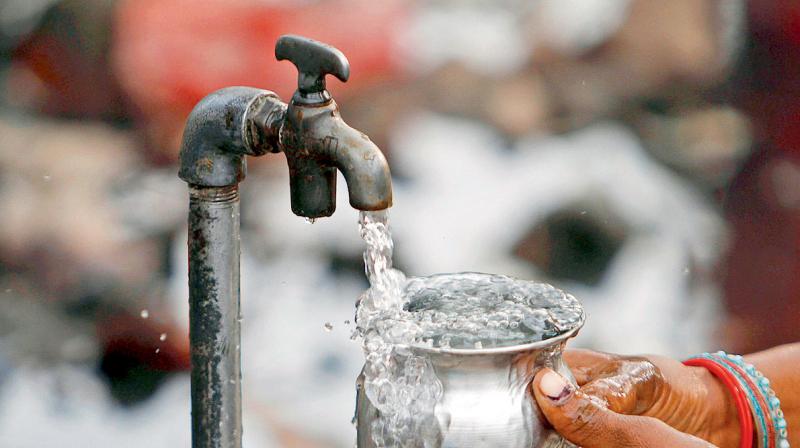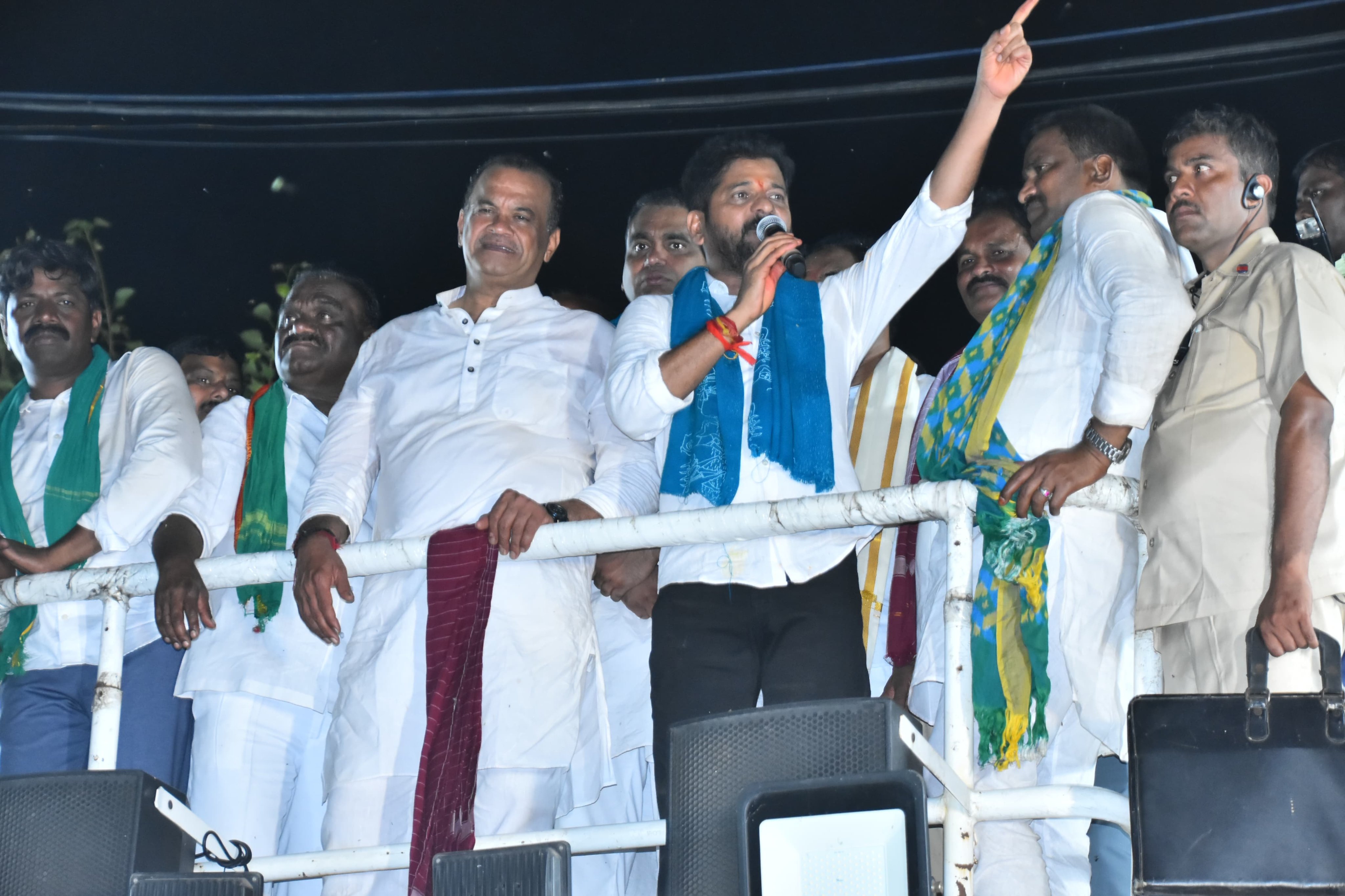Clean Ganga remains a dream
The HinduWHILE in Varanasi to file his nomination papers for the 2014 Lok Sabha election, Narendra Modi, then the Bharatiya Janata Party’s prime ministerial nominee, had declared with his characteristic bravado, “I have not come here on my own. The Comptroller and Auditor General’s 2017 report titled “Performance Audit of the Rejuvenation of River Ganga” revealed deficiencies in financial management, planning, implementation and monitoring, huge delays in approval of projects, huge unspent balances, and failure to achieve 100 per cent target of “Open Defecation Free” villages in the river basin area. The CAG, which measured the faecal coliform level in Varanasi, said upstream of the river in Varanasi near Assi Ghat, faecal coliform level was 3,000 MPN /100 ml while downstream it increased to 46,167 MPN/100 ml. The three plants together have a capacity to treat only 102 mld of sewage, which means more than 50 per cent of the city’s sewage flows directly into the river near Assi Ghat and Harishchandra Ghat. Tripathi, who has been doing research on the Ganga since 1972, was also an expert member on the panel of National Ganga River Basin Authority, which was constituted by Prime Minister Manmohan Singh in 2009.
History of this topic
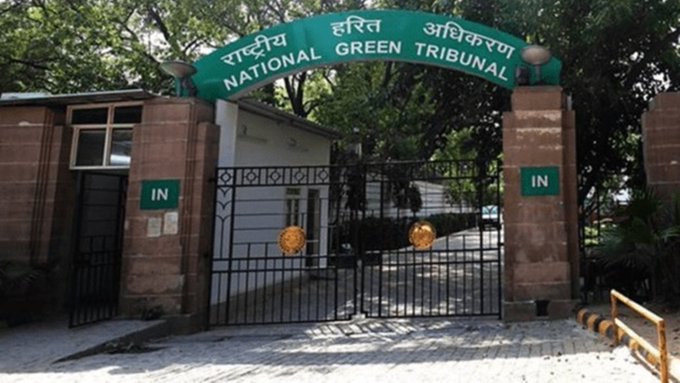
Water quality of Ganga in UP deteriorating due to discharge of sewage: NGT
Deccan Chronicle
Clean Ganga: 5 projects worth ₹73.39 crore approved for Uttar Pradesh
Hindustan Times
Ensure Water Quality Of Rivers At Prayagraj Is Maintained For Pilgrims Of Kumbh Mela: NGT To State Authorities
Live Law
Ganga water unsafe even for bathing, says Bihar govt report on river pollution
Hindustan Times
UP rains: Rising water level in Ganga submerges major ghats in Varanasi
Live MintMicrobes from human, animal excreta found above desirable limits in Yamuna
The Hindu)
Ganga water in UP-WB stretch unfit for direct drinking and bathing, contains high level of coliform: Pollution control board
Firstpost
A cleaner Ganga: NDA’s unfulfilled promise
Live Mint)
Ganga water quality has worsened due to untreated sewage, govt should have prioritised clean-up project, says chief of NGO
Firstpost
Opinion | Aaj ki Baat Dec 25 episode: Rajat Sharma on how India's holiest river Ganga is being transformed
India TV NewsDiscover Related



